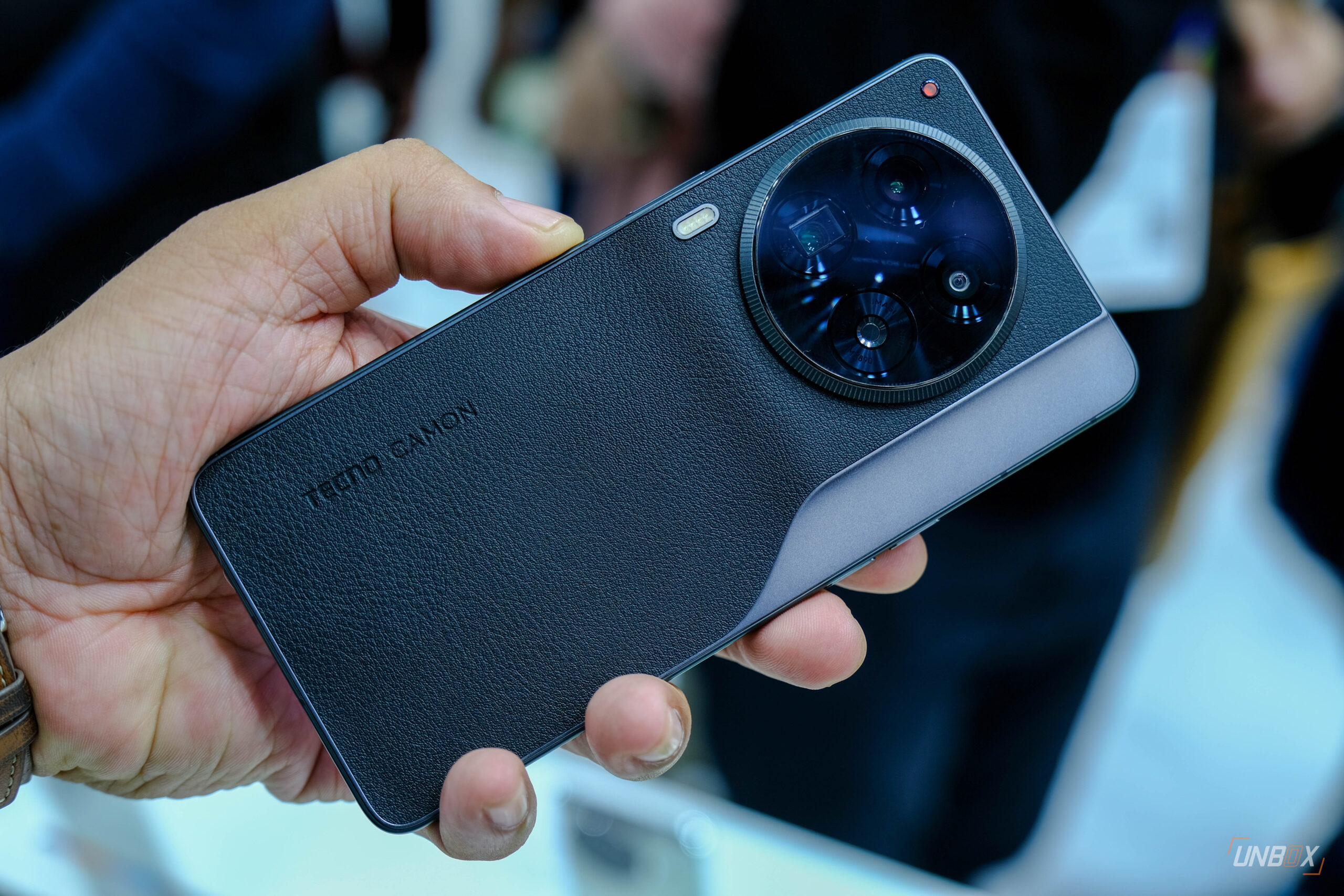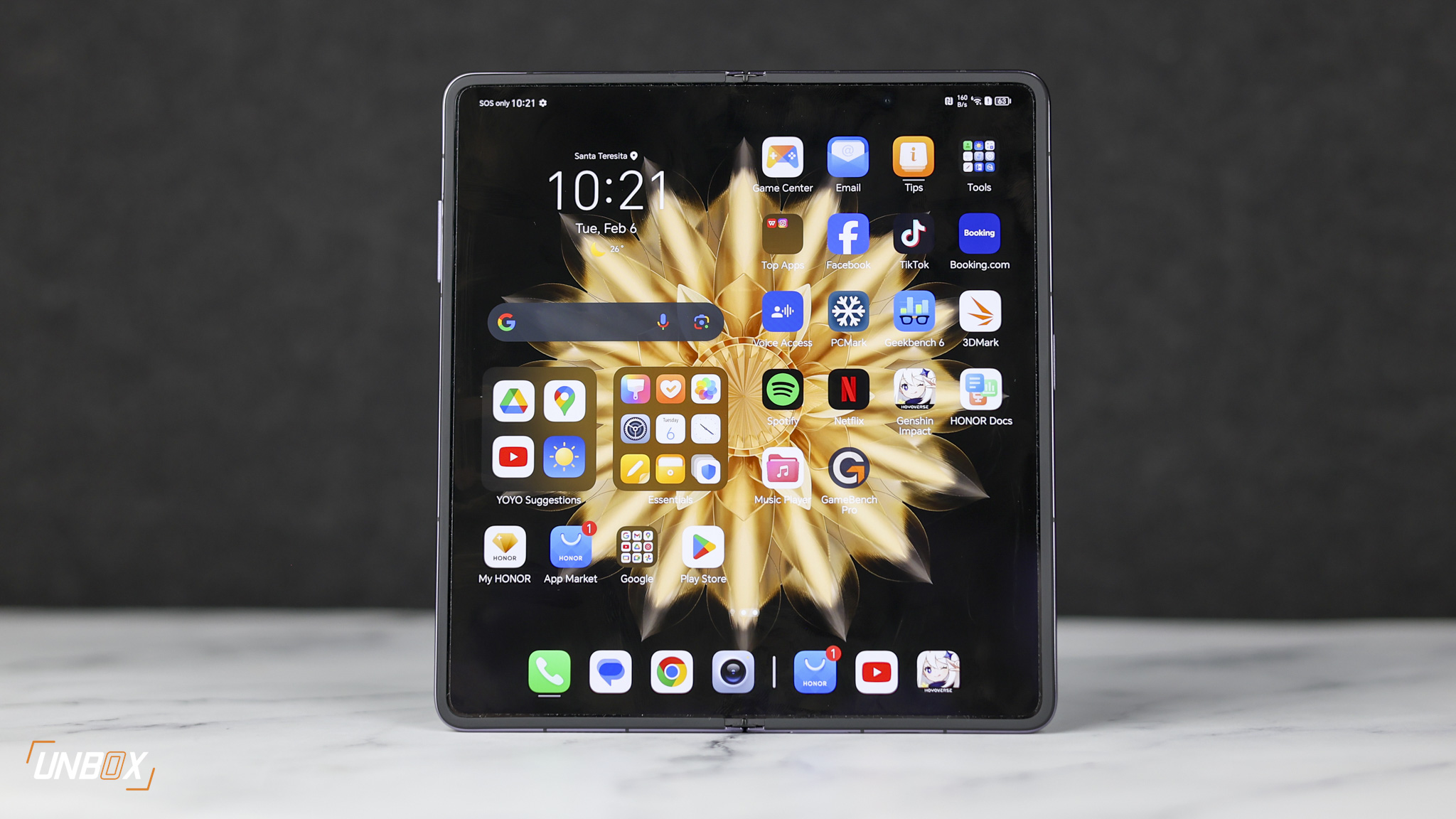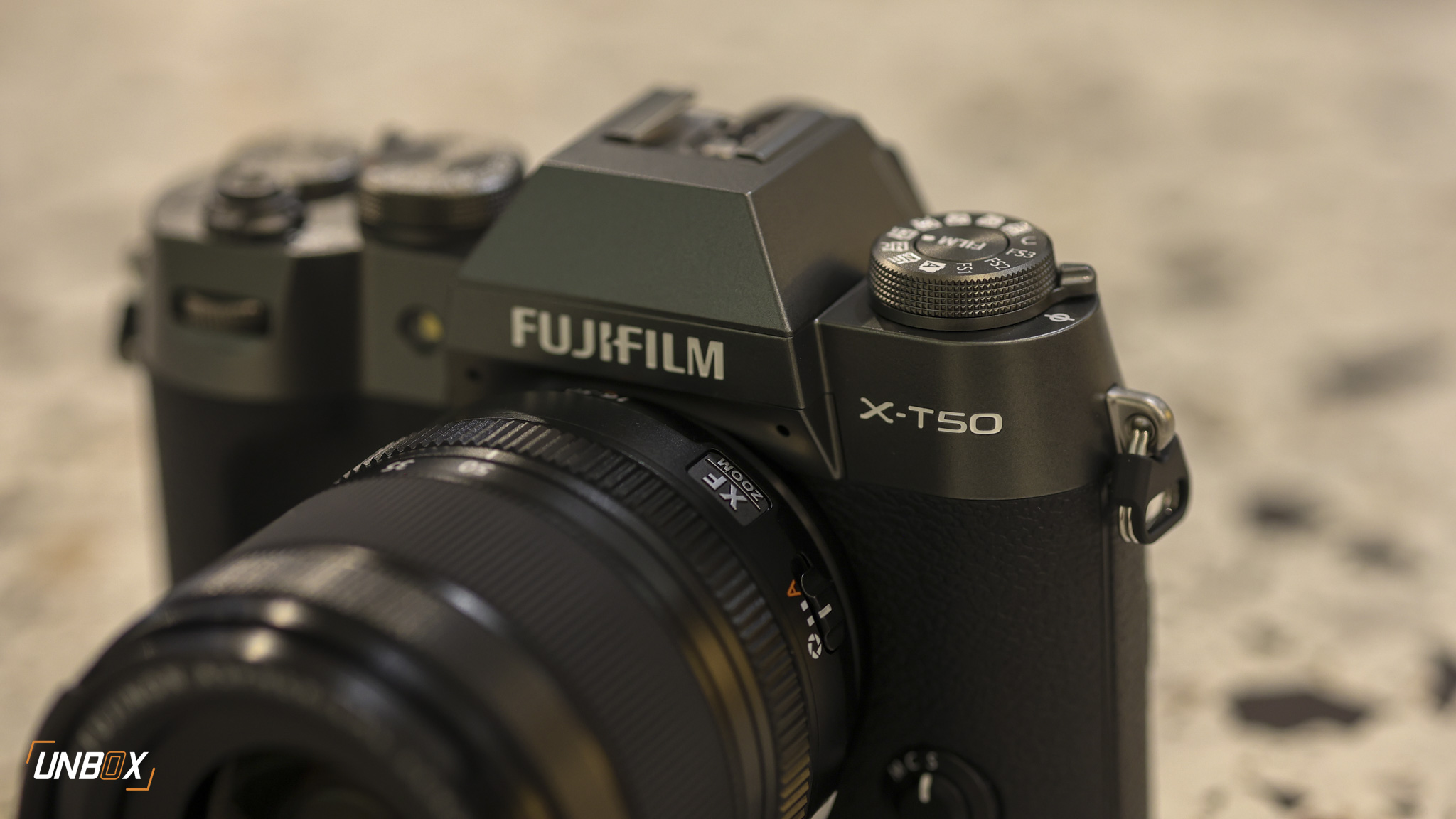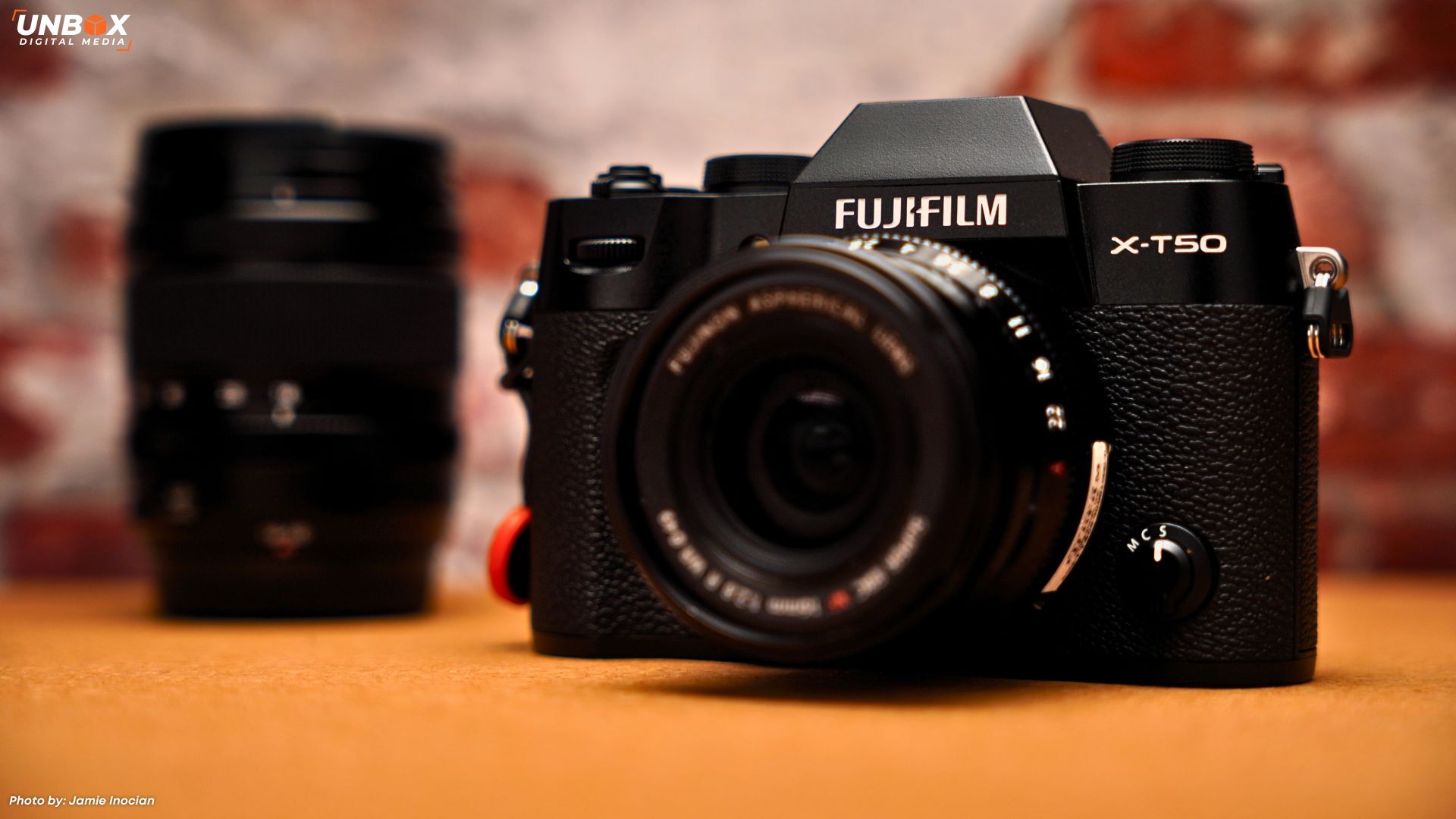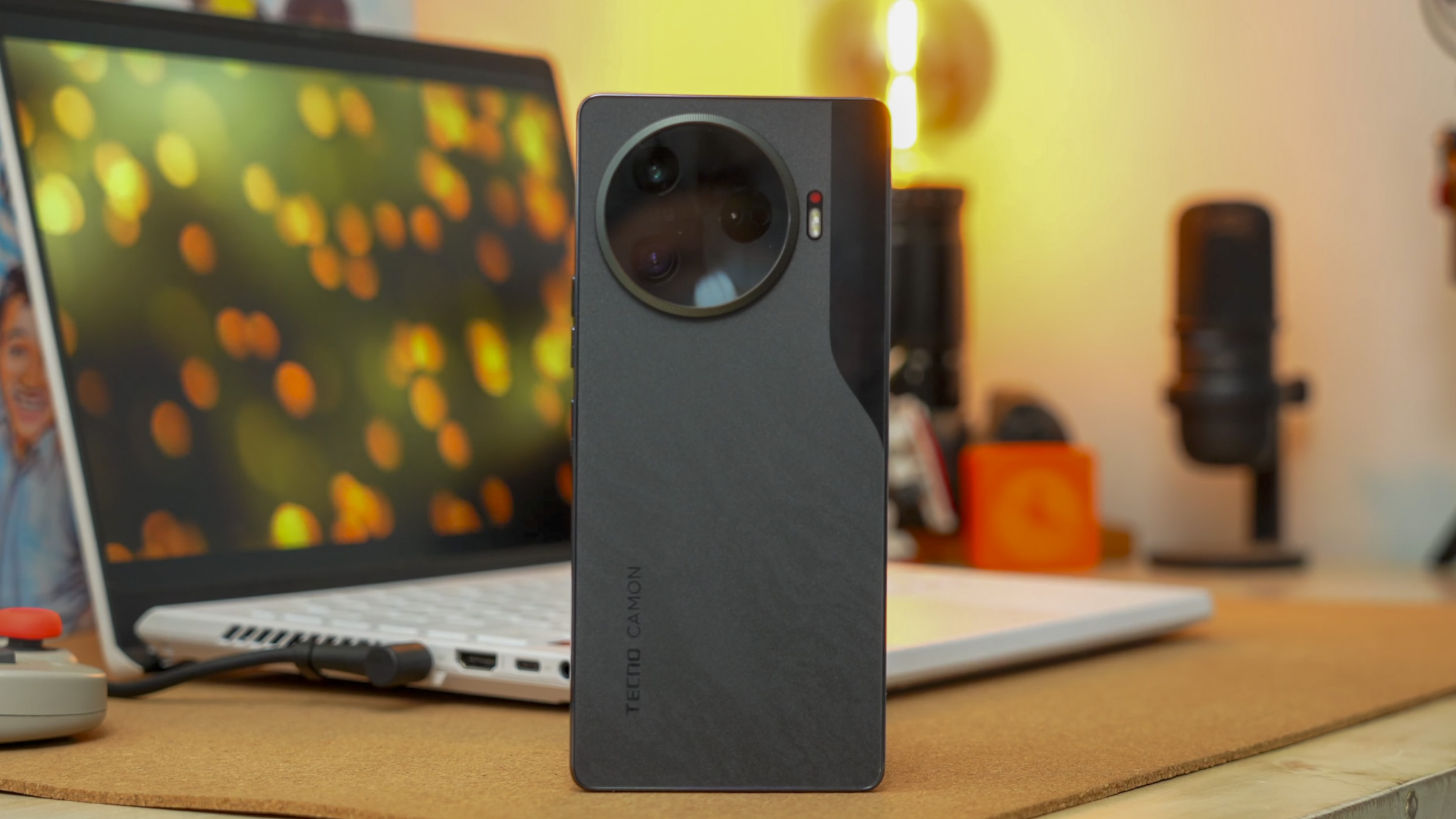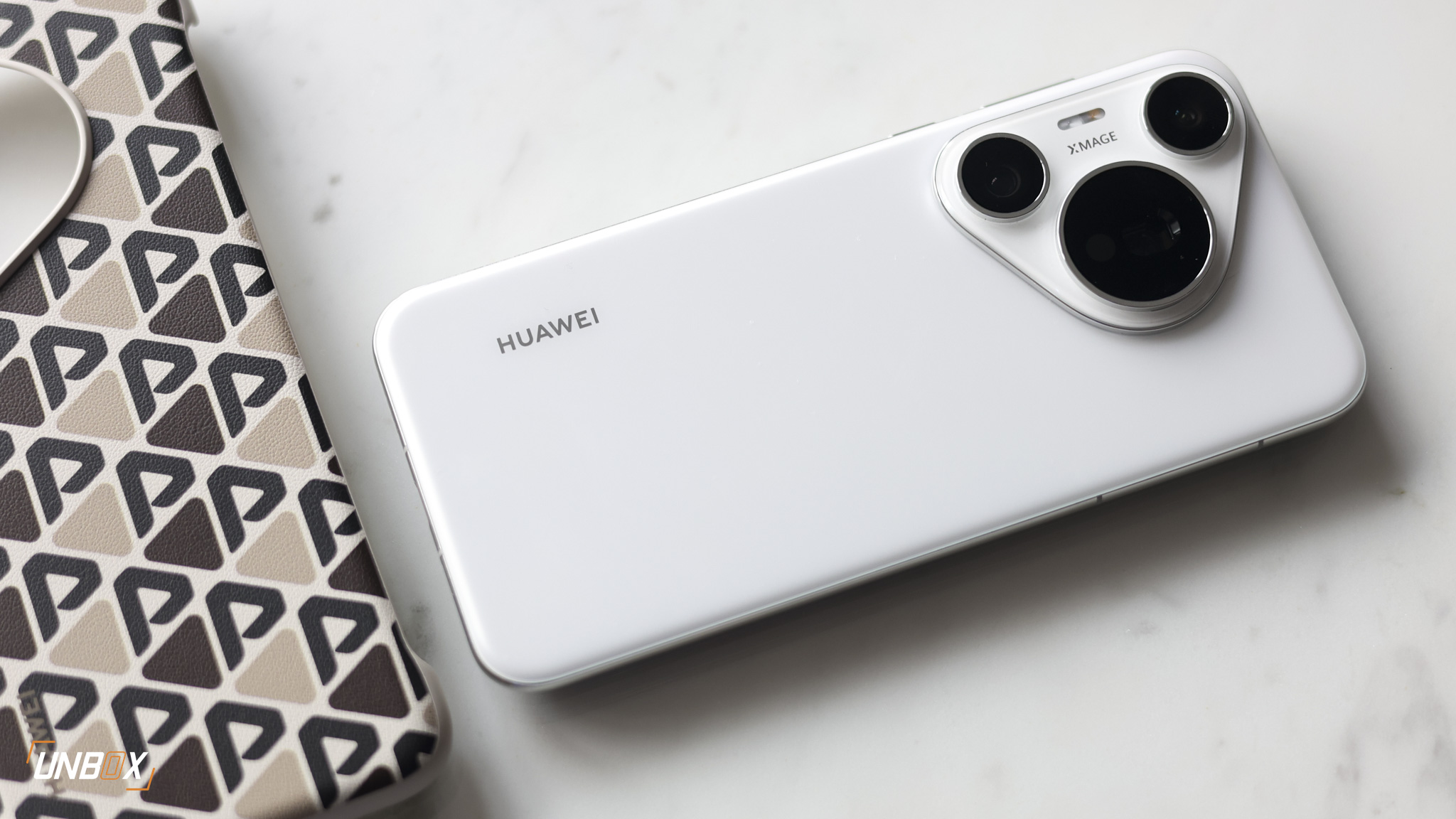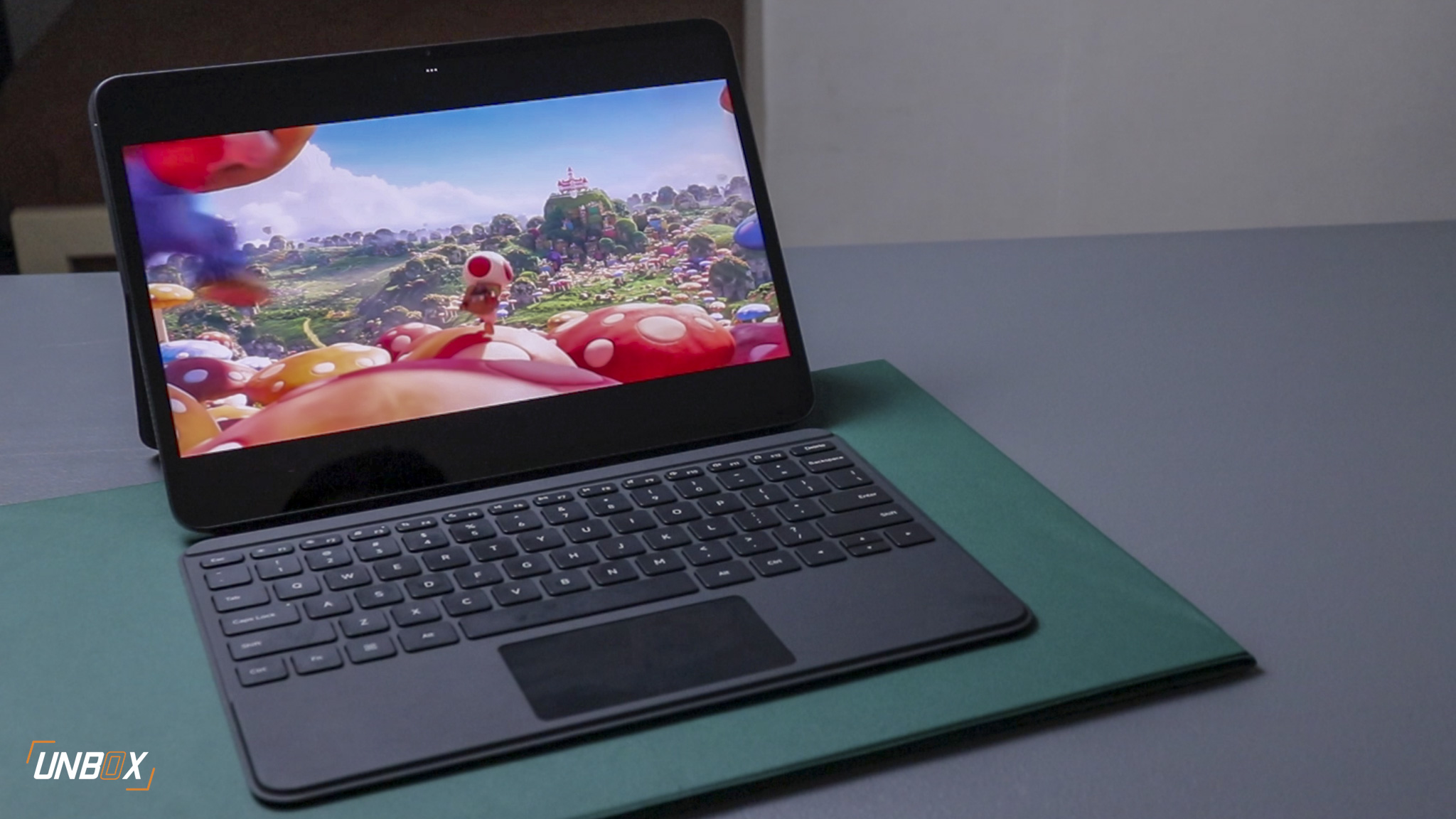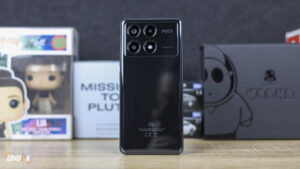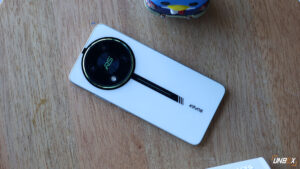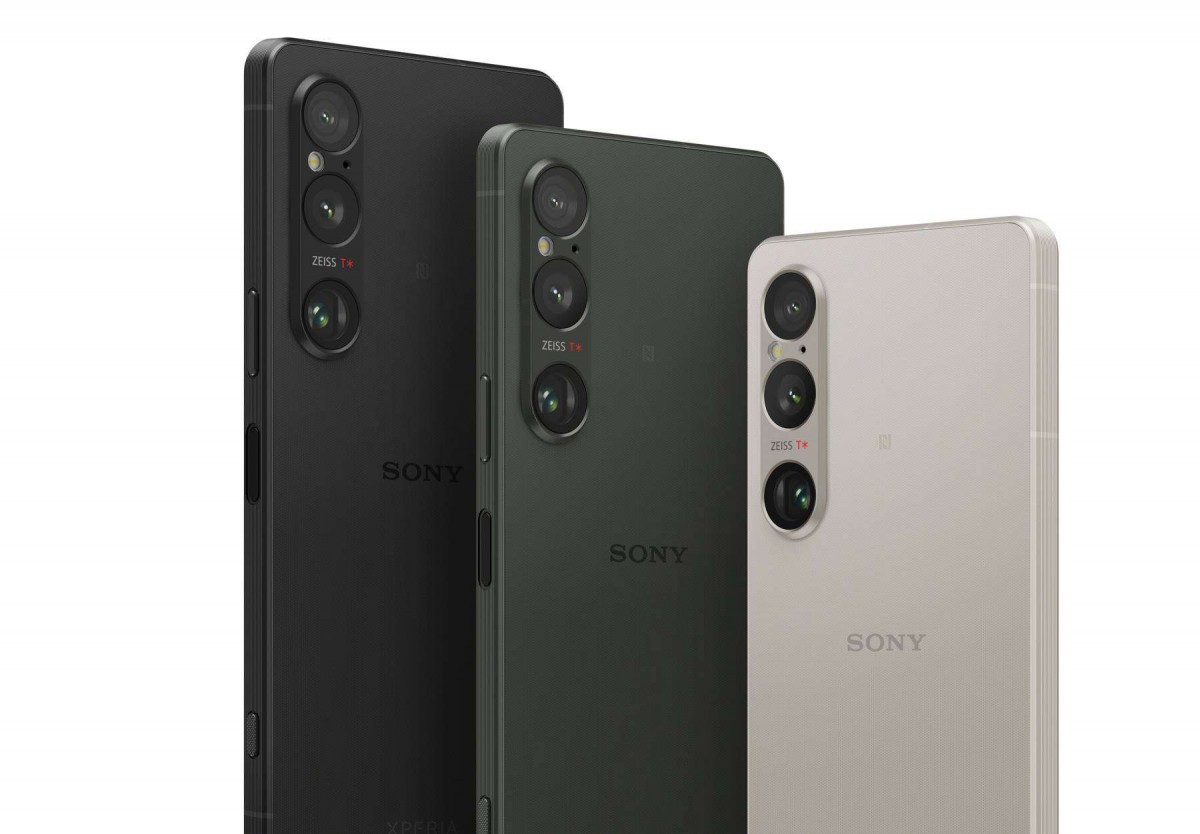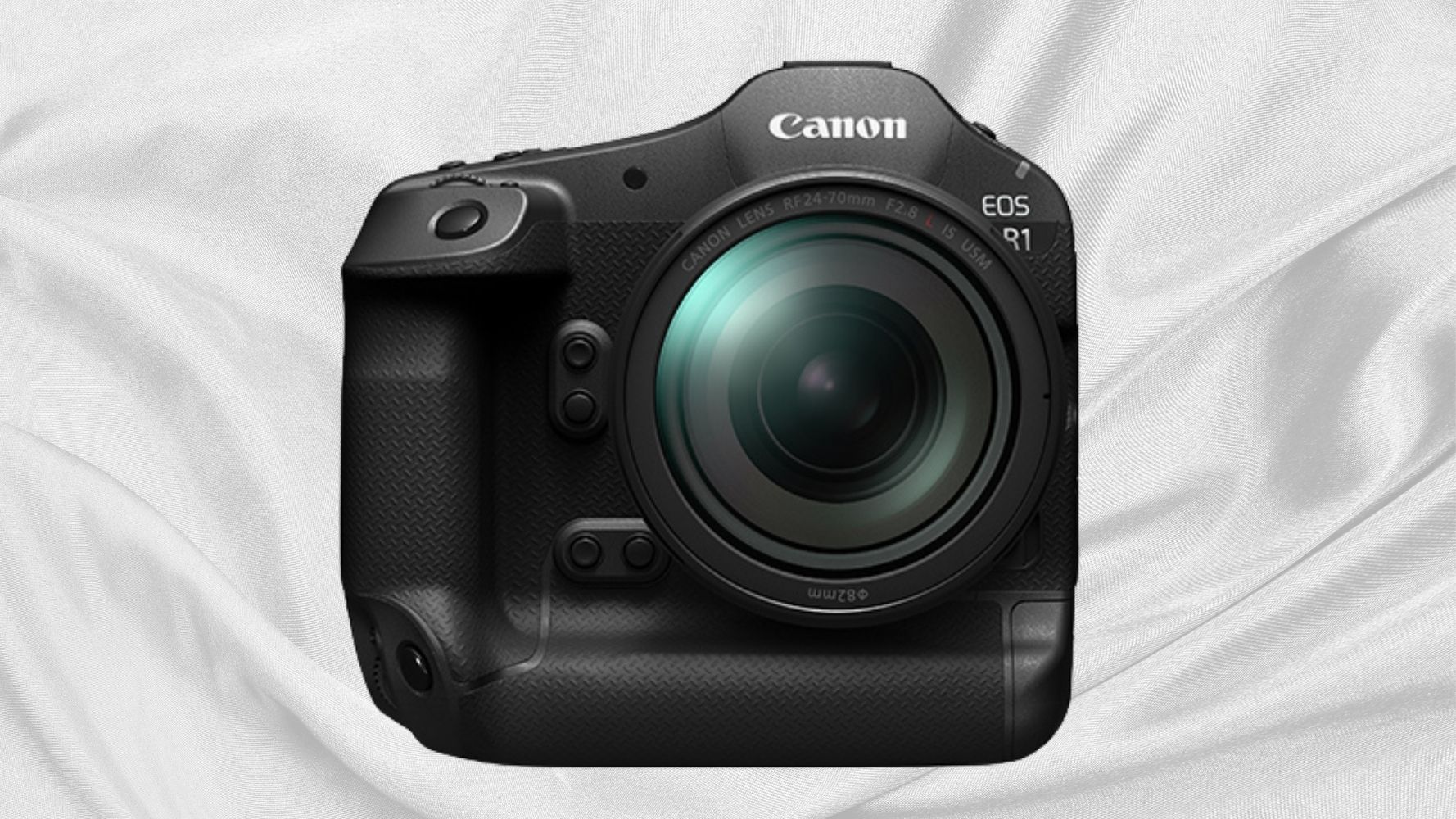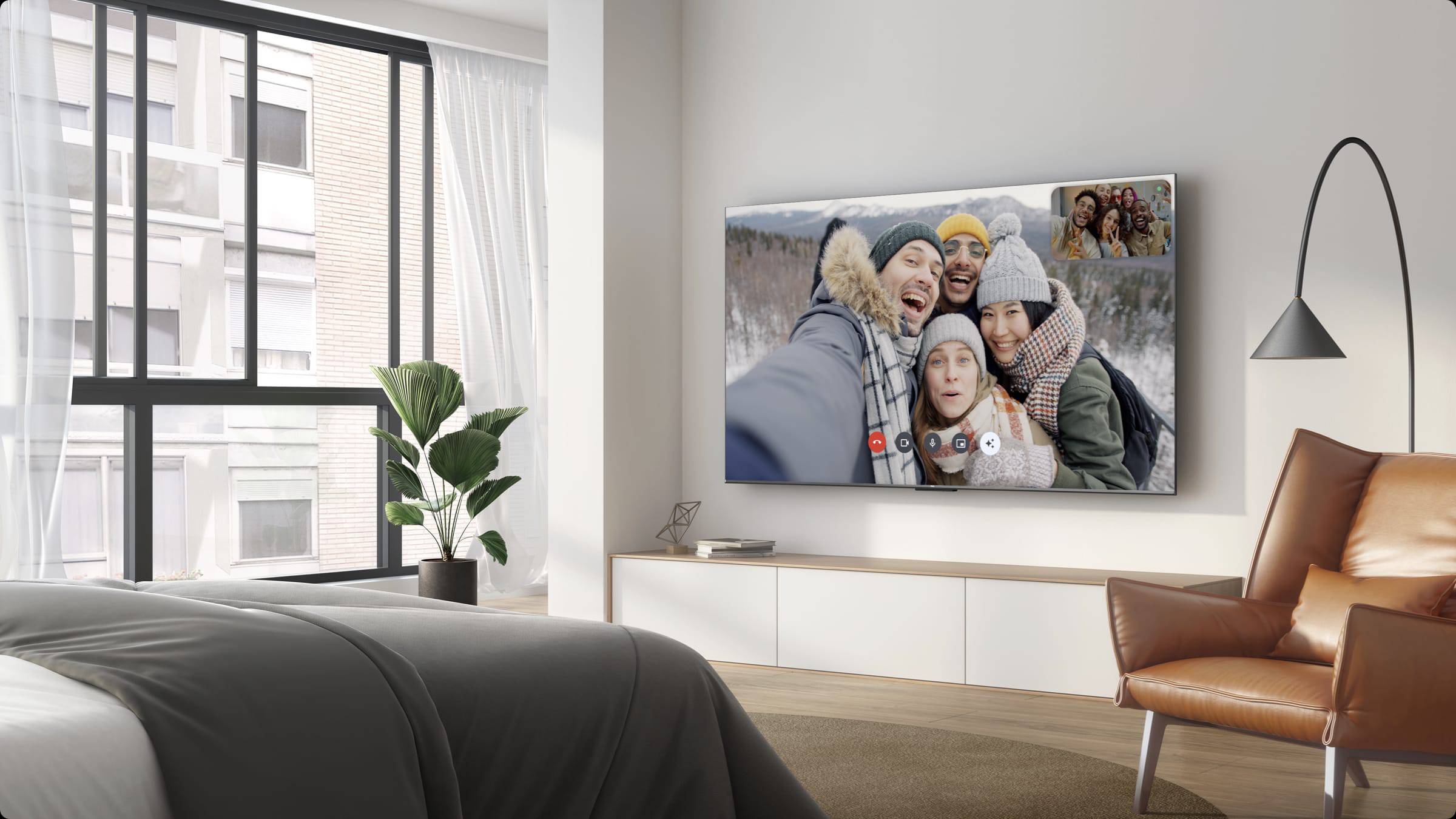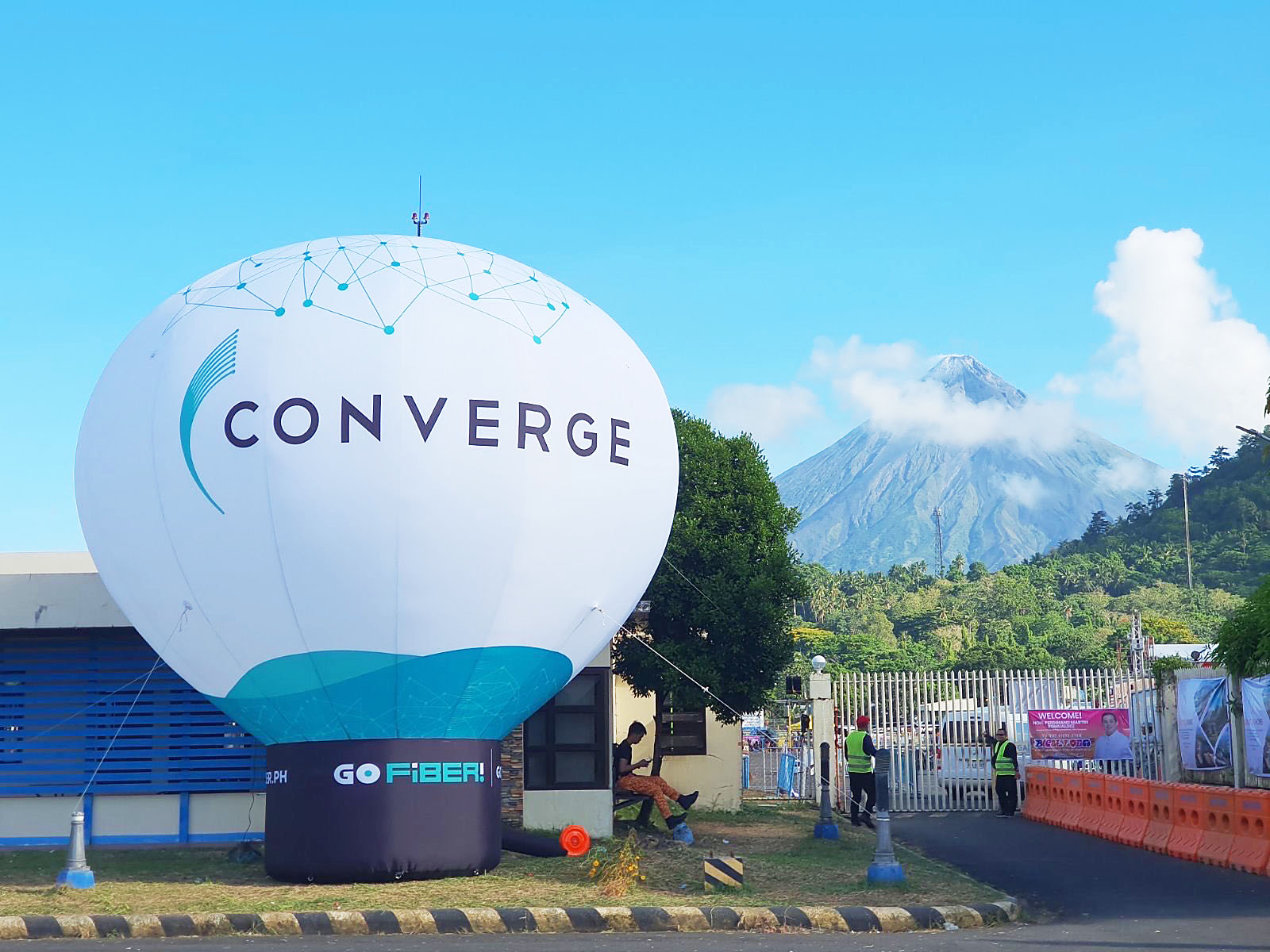
We have yet to see better cameras on a phone
Huawei’s Mate 20 Pro is fast becoming one of the company’s most critically acclaimed flagships to date. With blazing-fast performance, gorgeous screen, and stunning design, Huawei can’t keep the flagship stocked in most of its stores.
But what really elevates the Mate 20 Pro above its competition are its cameras. Huawei stunned the world with its triple-camera setup in its P20 Pro, but the new camera arrangement really came into its own with the Mate 20 Pro.
Huawei P20 Pro First Shots: 24 Hours In Paris With A 40-megapixel Beast
In fact, Huawei managed to make its camera setup so good it ditched its traditional monochrome sensor that’s been a staple of its dual-cameras when it first announced its collaboration with German camera maker Leica. Instead, the three cameras in the Mate 20 Pro are made up of a high-resolution main camera, an optical zoom lens and a wide angle shooter.

The main camera is a 40-megapixel one with a f/1.8 aperture lens. It’s more or less the same sensor used on the company’s earlier P20 Pro, so you can expect the same features on that camera as well, including optical image stabilization, laser autofocus for precise focusing and an unusually large 1/1.7-inch sensor that’s able to gather more light than its competitors.
Because of how the vagaries of camera sensors and the size limitations of a phone, the high-resolution camera performs best when it outputs images at 10-megapixels. What’s the use of the additional pixels then you ask? Well, that raw 40-megapixel image is compiled via software algorithms to produce a more detailed image via Pixel Fusion.

The additional detail that the 40-megapixel camera is also used with the optical zoom sensor for better hybrid zooms. We’ve yet to see another phone match the Mate 20 Pro’s hybrid zoom performance in this regard.
There’s also an 8-megapixel 3x telephoto lens on the Mate 20 pro, that’s armed with OIS. Optical image stabilization is important on a phone like this since handshakes are amplified when you’re shooting distant subjects.
Replacing the monochrome sensor is a super-wide angle, 20-megapixel sensor with a f/2.2 aperture lens. As three-lens camera setups become more common, we’re seeing more and more companies utilize wide-angle cameras in their phones to add more versatility.

What really sets Huawei apart is their second iteration of their AI that assists in shooting. Aptly named Master AI, it scans what you’re shooting at and automagically sets exposure, saturation, contrast and other parameters depending on the subject.
Because of the dual Neural Processing Units (NPU) on the Kirin 980 that powers the Mate 20 Pro, the camera is also capable of impressive video tricks. Our favorite is the old-timey mode, which transforms the background into black and white, only applying color to the subject you’re shooting. This kind of video filter is unique to the Mate 20 family and is only made possible thanks to the NPUs on the Kirin 980.
Let’s not forget about the still unbeaten night mode on both the Mate 20 series and the P20 series. We still haven’t seen any other phone beat the low-light capabilities of Huawei’s flagships, which honestly border on magic.

The result of all of this? Class-leading image quality, and we’re not afraid to say that if you’re looking for a flagship phone with the best cameras that produce the best photos you shouldn’t look any farther than the Mate 20 Pro.










